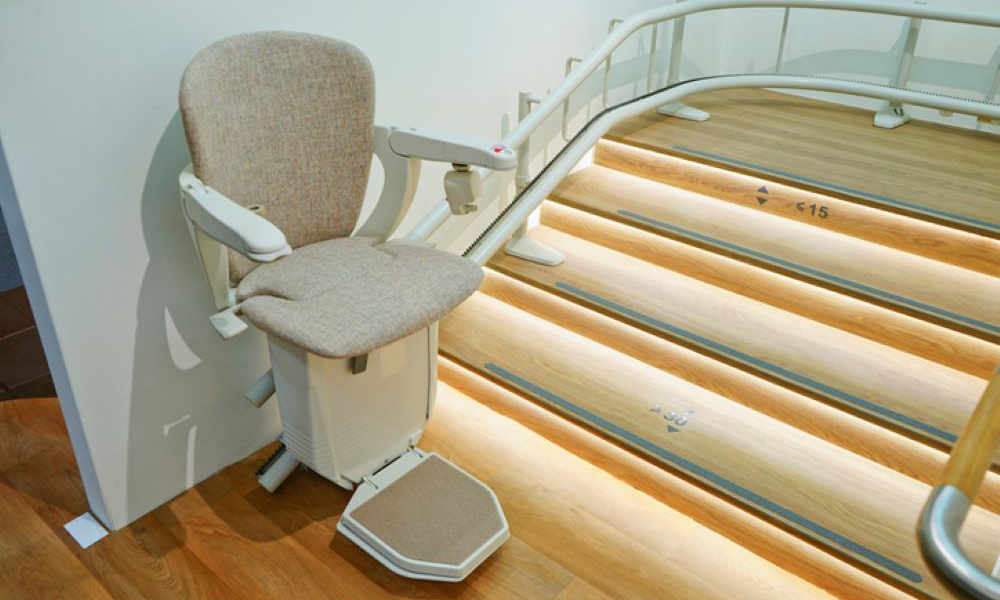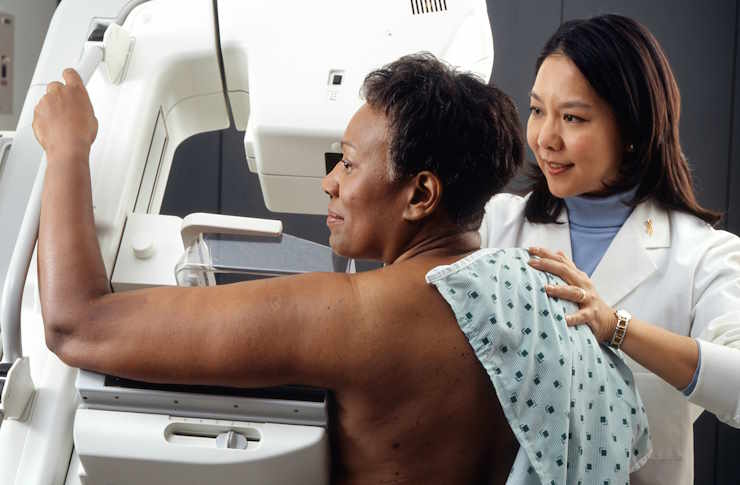Stair Lifts: Modern Mobility Solutions for Your Home
Stair lifts represent one of the most practical mobility solutions for individuals facing difficulties with stairs in their homes. These mechanical devices provide a safe and convenient way to navigate between floors without the physical strain of climbing stairs. For many people with mobility challenges, a stair lift can be the difference between maintaining independence at home and needing to relocate to a single-level dwelling. As technology has advanced, modern stair lifts have become easier to install, more comfortable to use, and increasingly adaptable to various stair configurations.

Easy Installation Process for Modern Stair Lifts
Installing a stair lift might seem like a daunting home modification, but manufacturers have significantly simplified the process over the years. Most stair lifts attach to the stairs themselves rather than the wall, meaning minimal structural changes to your home are required. The track system mounts directly onto the stair treads using brackets, preserving your wall’s integrity and eliminating the need for major renovations.
Professional installation typically takes only a few hours for straight staircases and perhaps a day for more complex curved stairways. Many companies offer free home assessments before purchase, during which a technician measures your staircase and evaluates the best installation approach. Some manufacturers have even developed modular track systems that can be quickly assembled on site, further reducing installation time and disruption to your home.
Effortless Operation Features for Daily Use
Stair lifts are designed with user-friendly operation as a top priority. Most modern models feature simple, intuitive controls that require minimal dexterity or strength to operate. The standard control is typically a paddle switch or joystick on the armrest that can be easily pushed in the desired direction of travel. For users with limited hand mobility, alternative control options include wireless remote controls or call/send buttons positioned at the top and bottom of the stairs.
Safety features have become increasingly sophisticated while remaining user-friendly. Sensors detect obstructions in the lift’s path and automatically stop movement to prevent accidents. Seat belts provide security during transit, and swivel seats make getting on and off the lift safer by allowing users to face away from the stairs when disembarking. Additionally, battery backup systems ensure the lift remains operational during power outages, providing peace of mind for users who depend on their stair lifts for mobility.
Flexible Design Options for Various Staircase Types
One of the most significant advancements in stair lift technology has been the increased flexibility in design to accommodate different staircase configurations. Straight stair lifts remain the most common and economical option for simple, straight staircases. However, curved stair lifts with custom-made tracks can navigate turns, intermediate landings, and spiral staircases with remarkable precision.
For homes with particularly narrow staircases, compact models with slim-profile tracks and foldable components preserve walking space when the lift isn’t in use. Some stair lifts offer seats, footrests, and armrests that fold up against the wall, maximizing available space on the stairs. Outdoor models built with weather-resistant materials and waterproof covers are available for exterior staircases, providing mobility solutions for decks, porches, and garden paths.
Reliable Performance and Maintenance Requirements
Modern stair lifts are engineered for long-term reliability with minimal maintenance. Most quality models can support between 300-400 pounds and operate continuously for 7-10 years before requiring significant service. Battery-powered operation has become standard, ensuring smooth, quiet performance and continued function during power outages.
Maintenance needs are typically minimal, consisting primarily of keeping the track clean and free of obstructions. Most manufacturers recommend annual service checks by certified technicians to ensure all safety features remain fully functional. Many companies offer service contracts that include regular maintenance and priority service for repairs. The rechargeable batteries in modern stair lifts generally last 2-3 years before needing replacement, with most models providing clear indicators when battery power is running low.
Lightweight Design with Modern Comfort Features
The evolution of materials and engineering has resulted in stair lifts that are significantly lighter than their predecessors while offering enhanced comfort. Today’s models frequently utilize aluminum components and high-strength polymers that reduce the overall weight without compromising structural integrity. This lightweight construction puts less stress on your staircase and makes the units easier to install and maintain.
Comfort features have become increasingly sophisticated, with ergonomically designed seats offering proper support for users of various sizes. Adjustable seat height accommodates different user preferences, while padded upholstery provides comfort during transit. Climate-controlled seats that offer heating or cooling functions are available in premium models, addressing the needs of users with temperature sensitivities. Smooth start and stop technology eliminates jarring movements, making the ride experience gentle and comfortable.
Stair Lift Cost Considerations and Provider Options
The investment in a stair lift varies considerably based on several factors including staircase configuration, lift features, and installation complexity. Understanding the available options and their respective costs helps in making an informed decision.
| Provider | Straight Stair Lift Cost Range | Curved Stair Lift Cost Range | Key Features |
|---|---|---|---|
| Acorn Stairlifts | $3,000-$4,000 | $8,000-$14,000 | Fast-track installation, folding rail option |
| Bruno | $3,500-$5,000 | $10,000-$15,000 | Made in USA, vertical rail design |
| Handicare | $2,800-$4,500 | $9,000-$15,000 | Patented ActiveSeat for assistance standing |
| Stannah | $3,200-$5,200 | $10,000-$16,000 | Legacy brand with premium features |
| AmeriGlide | $1,900-$3,800 | $7,500-$12,000 | Budget-friendly options, DIY installation kits |
Prices, rates, or cost estimates mentioned in this article are based on the latest available information but may change over time. Independent research is advised before making financial decisions.
Additional cost factors include warranty coverage (typically 1-5 years depending on components), optional features like power folding rails or upgraded upholstery, and ongoing maintenance contracts which may range from $200-$500 annually. Many providers offer financing options, and in some cases, Medicare Advantage plans or long-term care insurance may provide partial coverage.
Enhancing Independence Through Stair Lift Technology
Stair lifts represent a meaningful investment in home accessibility and personal independence. With advancements in ease of installation, user-friendly operation, design flexibility, reliability, and comfort features, today’s stair lifts offer practical solutions for various mobility challenges. By understanding the available options and associated costs, individuals can select a stair lift that best addresses their specific needs and home configuration, ultimately enhancing quality of life through improved mobility and independence.




